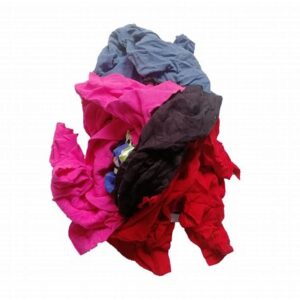Cotton Rag Waste Product Description
Cotton rag waste is a byproduct derived from the textile industry, specifically from the processing of cotton fabrics. This material consists of leftover cotton fibers, scraps, and remnants that are not suitable for garment production. Cotton rag waste is typically collected from cutting rooms, garment factories, and textile mills. It is characterized by its soft texture, high absorbency, and biodegradability, making it an eco-friendly option for various applications.
Uses of Cotton Rag Waste
Cotton rag waste has a wide range of applications across different industries, including:
- Cleaning Products: Due to its absorbent nature, cotton rag waste is commonly used in the production of cleaning cloths, rags, and wipes.
- Insulation Material: The fibrous structure of cotton rag waste makes it suitable for use as insulation in construction and automotive applications.
- Paper Production: Recycled cotton rag waste can be processed into high-quality paper products, such as specialty papers and art papers.
- Composting: Being biodegradable, cotton rag waste can be added to compost piles, contributing to soil health and fertility.
- Textile Recycling: Cotton rag waste can be re-spun into yarn or blended with other fibers to create new textile products.
Technical Data
Here is a detailed table summarizing the technical data of cotton rag waste:
| Property | Description |
|---|---|
| Material Composition | 100% Cotton |
| Color | Varies (white, off-white, colored) |
| Texture | Soft and fibrous |
| Moisture Content | 8-12% |
| Density | 0.5 – 0.7 g/cm³ |
| Absorbency | High (up to 25 times its weight) |
| Biodegradability | Fully biodegradable |
| Recyclability | High (can be recycled into new products) |
| Typical Size | Varies (typically 1-2 inches in pieces) |
| Applications | Cleaning, insulation, paper production, composting, textile recycling |
Conclusion
Cotton rag waste is a versatile and sustainable material that plays a significant role in various industries. Its eco-friendly properties and wide range of applications make it an essential component in promoting sustainability and reducing waste in the textile sector. By utilizing cotton rag waste, businesses can contribute to a circular economy while benefiting from its practical uses.

